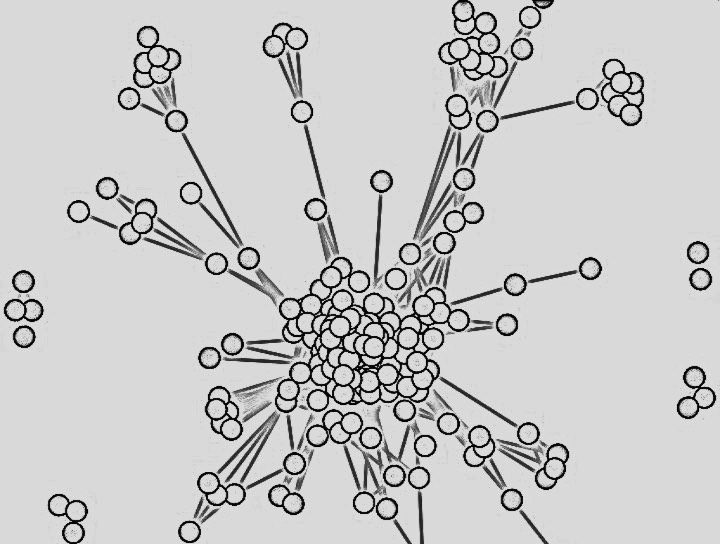Keisuke Inomura, Curtis Deutsch, Takako Masuda, Ondřej Prášil,
Michael J. Follows (2020), Quantitative models of nitrogen-fixing organisms, Computational and Structural Biotechnology Journal, doi: 10.1016/j.csbj.2020.11.022
Get the PDF [Requires login]





